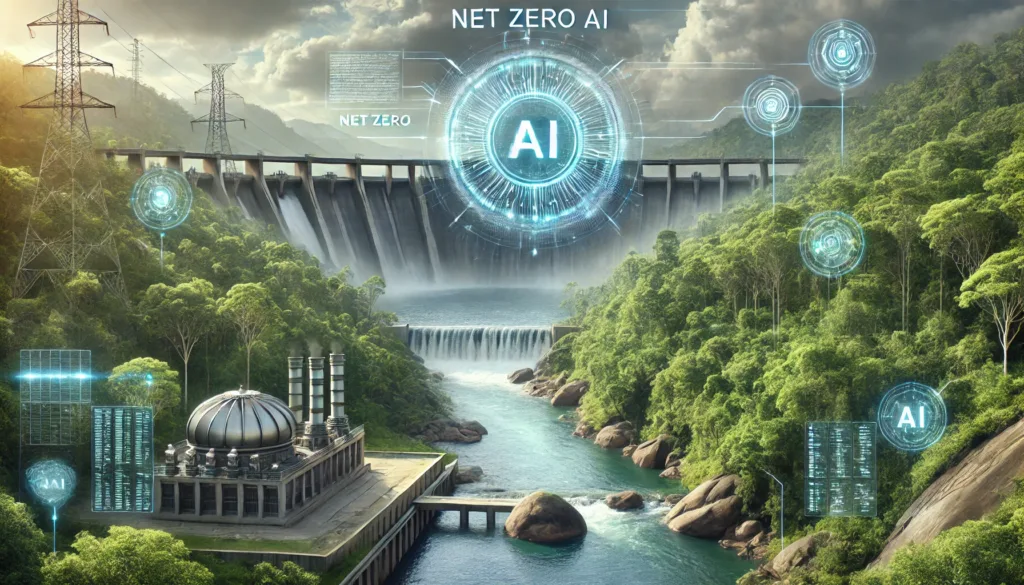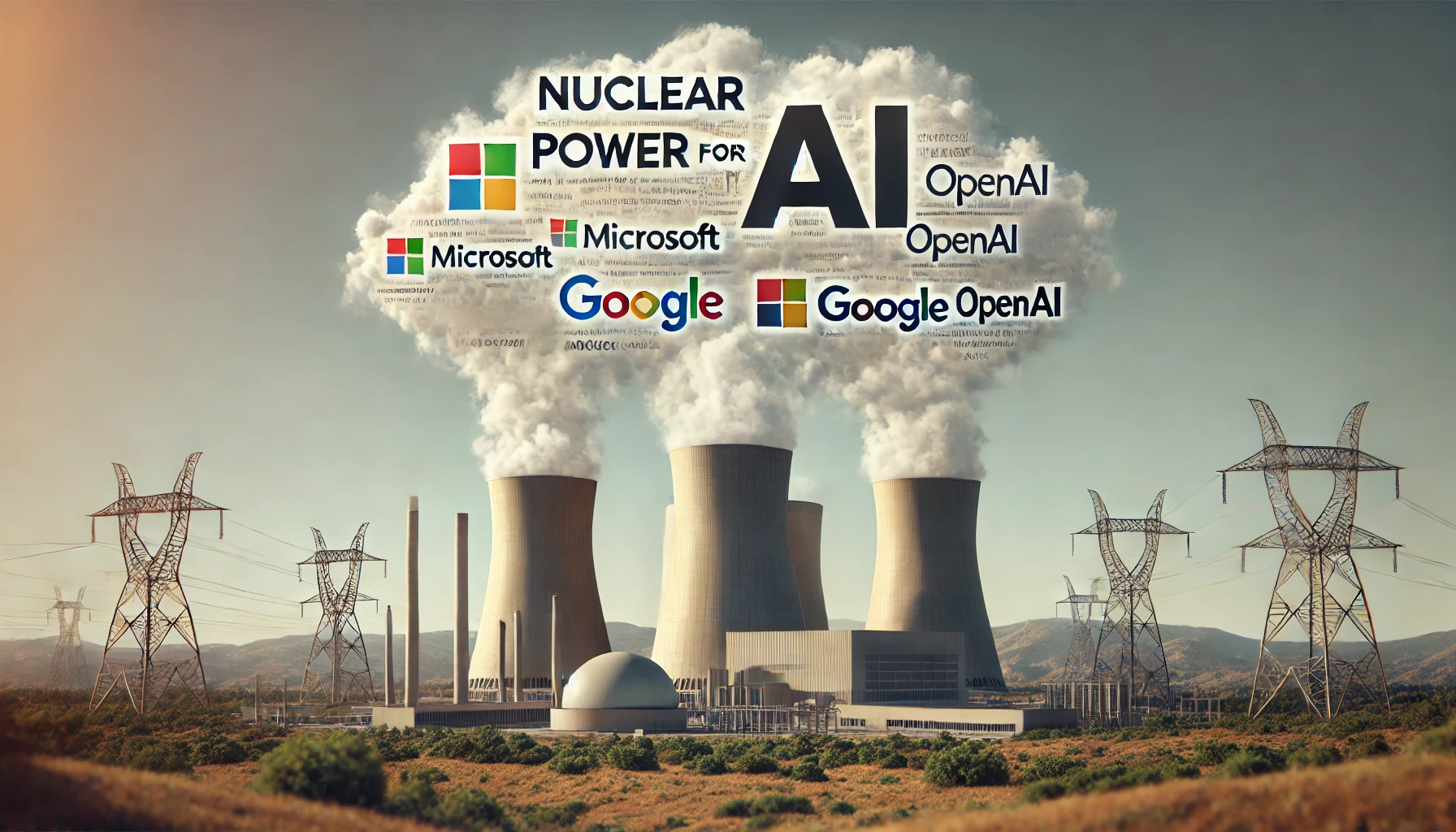Table Of Content
The thing is, AI models are power hungry, particularly in training and operation. It means servers crunch through calculations that big models like GPT-4 or GPT-5 require constant electricity to train. Relentless energy appetite has pushed technology companies like Microsoft, Google, and Amazon to turn to alternative sources of energy, including nuclear power, as they seek ways to ensure continuous operations while keeping carbon emissions at a minimum.
Why AI Models Are So Energy-Intensive
Training modern AI models means processing enormous datasets continuously for weeks on end. It is not like one explosive use of energy but rather sustained constant power over weeks or months. Besides training, these models require even more energy every time you query them or generate predictions-a process called inference. Handling that load continuously puts immense stress on the data center. New data from Google shows that this has increased 48% since 2019, mainly driven by energy consumption due to AI workloads.
Here is a table estimating the power consumption of AI by continent in 2024:
| Continent | Power Consumption (TWh) |
|---|---|
| North America | 8 |
| Europe | 6 |
| Asia-Pacific | 12 |
| Latin America | 2 |
| Africa | 1 |
| Middle East | 3 |
The following figures indicate the growth in energy usage by AI technologies: North America leads in the adoption of artificial intelligence, while key players in the market, including Microsoft, Google, and Amazon, have already begun to power their data centers using nuclear energy and renewable energy sources. Asia-Pacific also represents significant energy usage as countries such as China and South Korea are heavily investing in AI infrastructure. This also includes Africa and Latin America, where AI adoption is relatively slow, but has initiated growth in this sector.
These are figures that will continue to increase exponentially as companies compete in building bigger models and data centers. For instance, estimates show that AI can increase energy consumption fivefold by 2030, partly because of the increased usage of generative models and GPUs in data centers globally.
How to feed AI power greedy data centers?
Renewable Energy vs. Nuclear Power: A Balancing Act
To that end, many have begun embracing renewable energy by injecting wind, solar, and hydropower into their data centers. But all renewable sources have an Achilles’ heel: they are dependent upon the weather. Solar panels don’t produce electricity when the clouds block the sun or at night. Wind turbines slow to a crawl when the air is still. And all of this intermittency creates some serious problems for data centers that have to be up 24/7.
Which is where nuclear comes in. These nuclear reactors generate carbon-free power through continuous operation, therefore ensuring that AI workloads will never see outages. As a matter of fact, Microsoft has just rebooted operations at the Three Mile Island nuclear plant to feed its surging growth in data demands. Amazon has also teamed up with a nuclear plant along the Susquehanna River to power its infrastructure. In other words, they not only have to meet the energy demand but also align with their commitments toward emission reduction by relying on low-carbon sources.
The Road Ahead: Nuclear-Powered AI Centers
The Road Ahead: Nuclear-Powered AI Centers
While nuclear energy provides reliability, it does not escape all environmental problems. Construction of the facilities with their materials of steel and concrete takes heavy emissions. Similar plans by Microsoft and Google face challenges that come with restarting older plants and building new reactors. The approval processes through regulatory agencies and by the public can be standing blocks. “It reflects,” said Microsoft, “the complexity of these projects.”.
Yet, despite these setbacks, this drive for nuclear solutions underlines urgency in the tech sector to find sources of energy that can help sustain such rapid growth in AI. These developments mark the shift toward nuclear energy as an integral part of the AI ecosystem-so innovation is not throttled due to either a shortage of power or environmental concerns.
Statistics on AI Energy data source
After running some surveys we have summarized in a simple a table below the result of our research showing different energy sources and their percentage contribution to overall energy:
| Energy Source | Percentage of Overall Energy |
|---|---|
| Nuclear Power | 19 |
| Wind Energy | 8 |
| Solar Energy | 3 |
| Hydropower | 6 |
| Natural Gas | 38 |
| Coal | 22 |
If the current trajectory continues, with tech companies such as Microsoft, Google, and Amazon leaning hard into nuclear power for feeding AI data centers, then the energy mix could look very different over the coming 20-30 years. With annual increases in consumption of 5-7% in the use of nuclear energy, scaling at a moderate rate with renewables, and phasing out of fossil fuels, it will be reasonable to project that the energy mix for AI operations could reach 100% nuclear and renewable by 2050. Such a timeline agrees with carbon-neutral goals set forth globally and captures uninterruptible demands for power sources. With nuclear providing the base load and renewables handling peak demands, AI might just meet both sustainable and reliable benchmarks by mid-century.
A Prediction about full decarbonization of AI
By 2050, nuclear energy will play a critical role in powering the ever-growing energy demands of AI data centers. That projection falls right in place with global carbon neutrality goals-for instance, the Paris Agreement-which aims at the improvement of the average temperature increase through net-zero emissions by mid-century. Microsoft, Google, and Amazon have already started implementing nuclear energy in their operations, knowing full well that renewables, though very important, cannot provide the consistent and stable power required by these AI systems.
The heavy reliance on nuclear energy for AI workloads reflects the shift toward more sustainable, carbon-free power. According to a study by MIT, in order to achieve net-zero emissions in 2050, rapid investment is required in building clean energy infrastructure and, simultaneously, a balancing act with renewables that provide a consistent source of power, such as nuclear. Now, tech companies are trying to implement the same strategy in order to reduce their carbon footprint without hampering the continuous operational process of data centers. This reflects the bigger trend of the use of nuclear reactors for AI infrastructure, with similar moves by Amazon and Oracle to complement the decision taken by Microsoft to restart operations at Three Mile Island.

The only way the energy needs for AI can be met without denting the goals on the climate will be by adopting a judicious mix of nuclear and renewable energy. This will ensure operational reliability and align with the urgent message of climate research: that economies must de-carbonize by 2050. You can investigate further these energy transitions and efforts toward carbon neutrality, as in research such as that from the MIT Climate Portal that emphasizes the necessity for immediate, large-scale adoptions of clean energy solutions to meet targets.
Further, you should look at Overview of net-zero goals given by MIT Climate Portal and the detailed projections given by Princeton University Net-Zero America.

